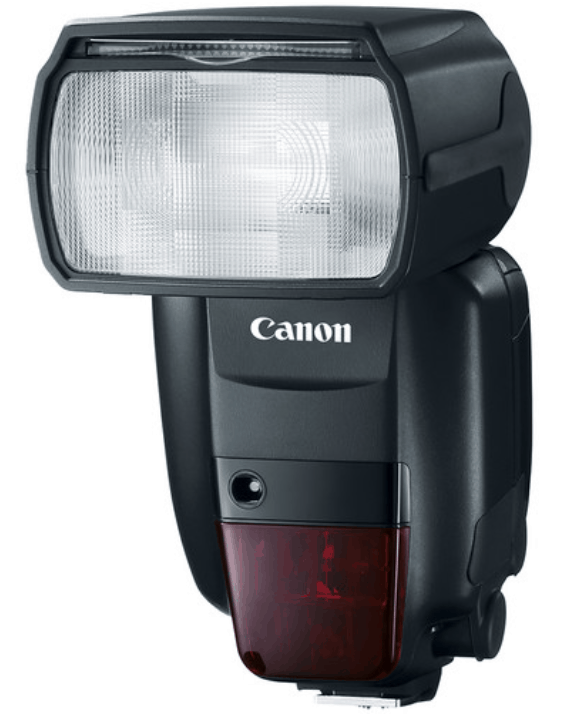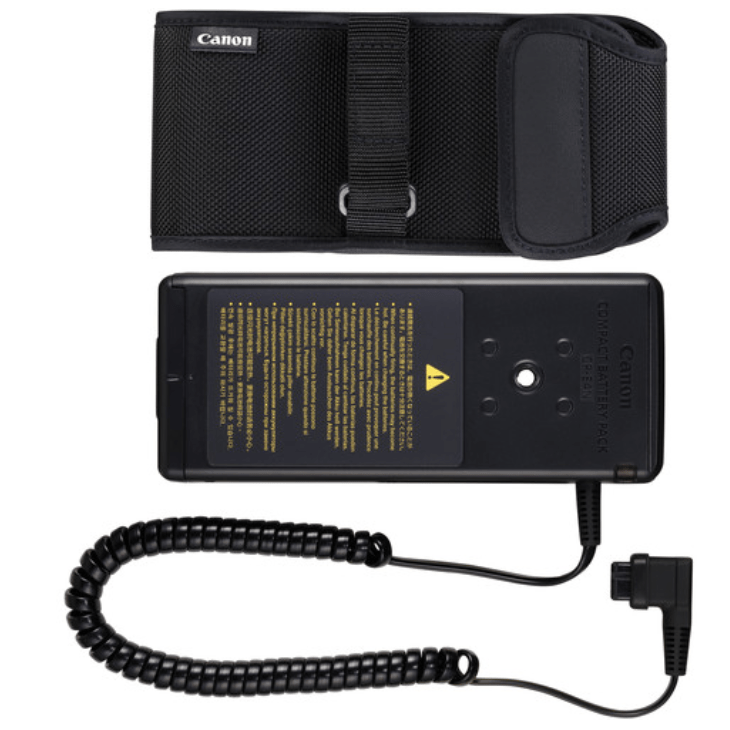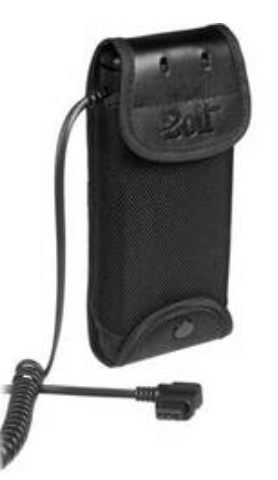Canon 600-EX-RT Update
If you’re like me, and you’ve been waiting for a Canon 600-EX-RT update, it’s here! Canon never lost any ground from their industry-leading position with the revolutionary Speedlite 600EX-RT system introduced back in 2012. Canon engineers have now raised the performance and durability bar even higher. This with the newly-announced and soon-to-be-introduced 600EX II-RT speedlite.  For background on how the original release of this speedlite took the photographic world by storm, see this Canon speedlite 600-EX-RT article I wrote for a photography magazine in 2014. As cited in this article, what set this system apart from the rest was its built-in radio transceiver system. This includes the ability to control using the Canon E-TTL system for automatic exposure, when desired. That feature eliminated the need for third-party radio control devices and drastically increased the reliability of radio-frequency triggering systems.
For background on how the original release of this speedlite took the photographic world by storm, see this Canon speedlite 600-EX-RT article I wrote for a photography magazine in 2014. As cited in this article, what set this system apart from the rest was its built-in radio transceiver system. This includes the ability to control using the Canon E-TTL system for automatic exposure, when desired. That feature eliminated the need for third-party radio control devices and drastically increased the reliability of radio-frequency triggering systems.
What’s The Canon 600-EX-RT Update?
First what’s not new:
- The overall looks and the layout of the switches hasn’t changed.
- Guide number
- Flash angle of coverage
- Bounce and swivel operation
- Basic recycle time
- Compatibility with older external battery packs (though for the ultimate in repeated flash firing, the below-mentioned update to the Canon external battery pack is required). What has changed:
- First, there won’t be a “sister” non-RT version of the flash, as there is with the current Canon 600-EX-RT, that doesn’t have the radio functions built-in. All of the new Canon 600EX II-RTs are only available in this radio-equipped variety.
Newly-upgraded features:
- Increased flash reliability. More continuous flashes possible with greater resistance to heat from rapid firing
- Additional continuous flash shooting possible if connected to updated Canon Compact Battery Pack CP-E4N. Which is being introduced along with the model II upgrade of the speedlite
- Separate hard-type white balance filters (deep amber and light amber) replace the gelatin-type filters and dedicated holder of the previous model
- New, dedicated diffuser attachment, called the Bounce Adapter, is included with the -II updated unit. This can be combined with either of the white balance filters
- The dot-matrix interface of the on-screen menus have been substantively overhauled
- Refined abilities when dealing with one or more off-camera “slave” units
- The transmitter portion of the revised flash will allow the firing of partially-charged off-camera flashes (OCF). The previous system transmitters prevented partially-charged flashed from firing until they reported themselves as being fully charged. Being that Canon describes this as being a transmitter function, I’m making the brash assumption that this new feature will work even when the OCF units are previous-generation.
- The new system will not work with many older (pre-2012) cameras, as Canon has removed the previous model’s cord socket that allowed that feature
What’s The Price for the Canon 600-EX-RT Changes?
According to the B&H website on the date this post is being written, each of these flashes were available for:
the previous model: Canon 600 EX-RT $469
vs.
the new model: Canon 600 EX II-RT $579
So, we’re looking at $110 price difference. Putting an arbitrary value of, say, $20 for the two hard filters, and, say, $30 for the newly-included ‘Bounce Adapter’, there is a realistic $60 difference to reconcile.
Is It Worth It?
I’m going to go out on a limb here and will answer this by saying ‘yes’, for some. It will be for some people; whereas others will find the newly-reduced price of $469 for the original model the better deal.
If you’re part of the ‘yes’ crowd, the new menus alone could make the $60 worth it the first time the simpler menu helped grab a shot that may have otherwise been missed. Anyone wanting or needing that high-flash-rate durability or anyone who’s run into heating problems (though they tend to be rare with this system in the first place) then again the $60 is a bargain.
For anyone who’s been frustrated that the previous system would wait for all OCFs to be fully recycled before allowing them to fire, again it’s a deal.
For anyone else:
First, I’ve contended even at $500 each, the 600 EX-RT was a bargain. Mostly because it negated the need for radio transmitters/receivers, costing upward of $200 each for the simplest versions and even more for any claiming E-TTL capability. Plus the need for a camera-mounted transmitter. That figured in, these flashes had a net cost of about $300 each, which is a deal and a half for a durable, top-end, name-brand flash.
If you’re an owner of a Canon 600-EX-RT original generation flash but don’t have an external battery pack (that looks like this),
I’d first suggest checking out the advantages of using one. Running a flash off of 12 batteries at once instead of four makes a HUGE difference in recycle time and the lack of need to change out batteries in a typical session.
Owning several of these battery packs, I can say that this is one and only time I don’t hesitate to use another brand. The brand I own works without any perceptible differentiation. The Canon brand unit pictured above, with its rugged build and canvas case, costs about $200. A very similar unit by third-party Bolt, below, also available at B&H, is well under half that amount.
